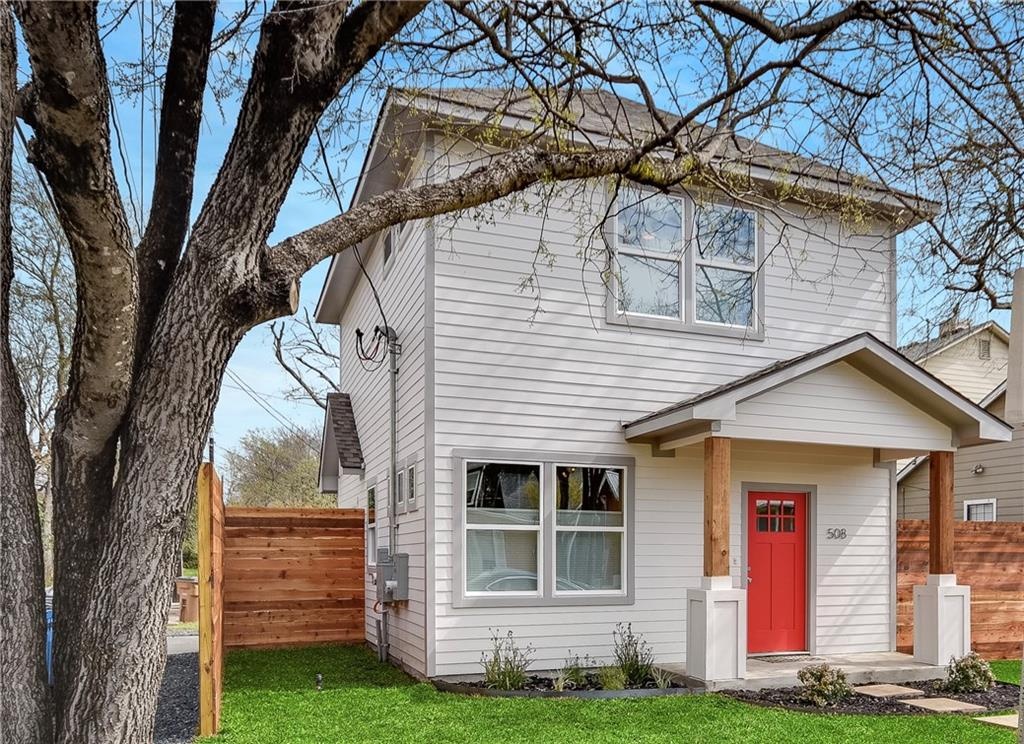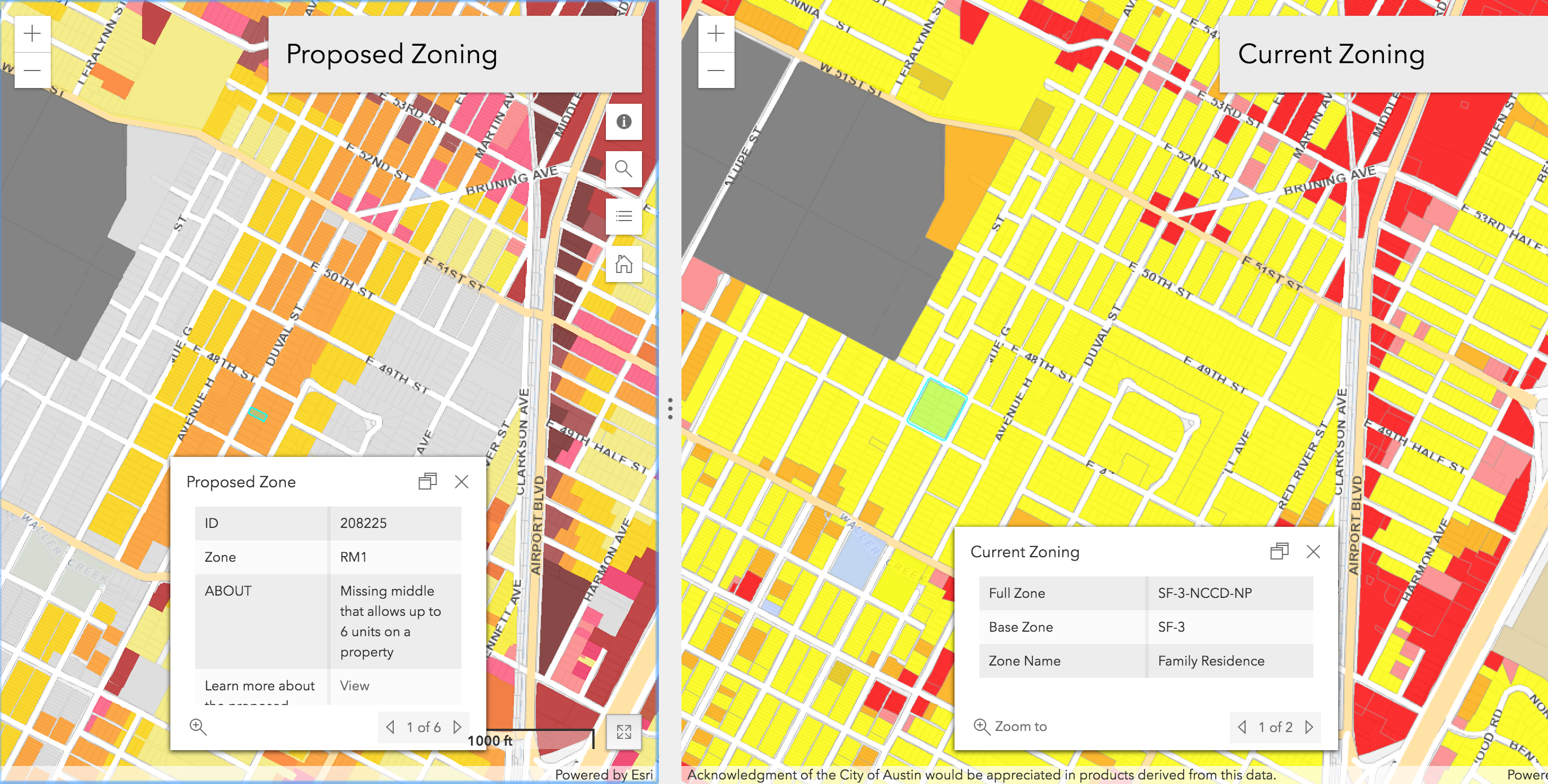As for the land development code itself, it's pretty comprehensive and the current draft is 1,366 pages so we're not going to attempt to cover that here in detail. Generally speaking, there will be some unique opportunities for investment and development when/if the new land development code passes. Just like what we saw in the multifamily boom in the 1980s, whatever version of the new code is passed we are likely to see an explosion of new asset classes. There will again be some new land parcels that allow for mixed-use and multifamily, so we're going to see delivery of a lot of that type of product. But I think the biggest change to the Austin landscape is going to be the residential lots changing from SF3 which allows up to 2 units per standard lot to new zoning that will permit up to 6 residential units for certain lots. The SF3 lots that are getting upzoned are generally located next to multimodal transit and employment centers, creating more affordability and easing congestion. In addition, density bonuses will be offered to developers if a percentage of their units are designated income restricted units to provide more affordable housing. For more information on income restricted affordable housing see atxaffordablehousing.com
To wrap things up, this new land development code is aiming to create a happier, healthier, more vibrant city that works for everyone.



